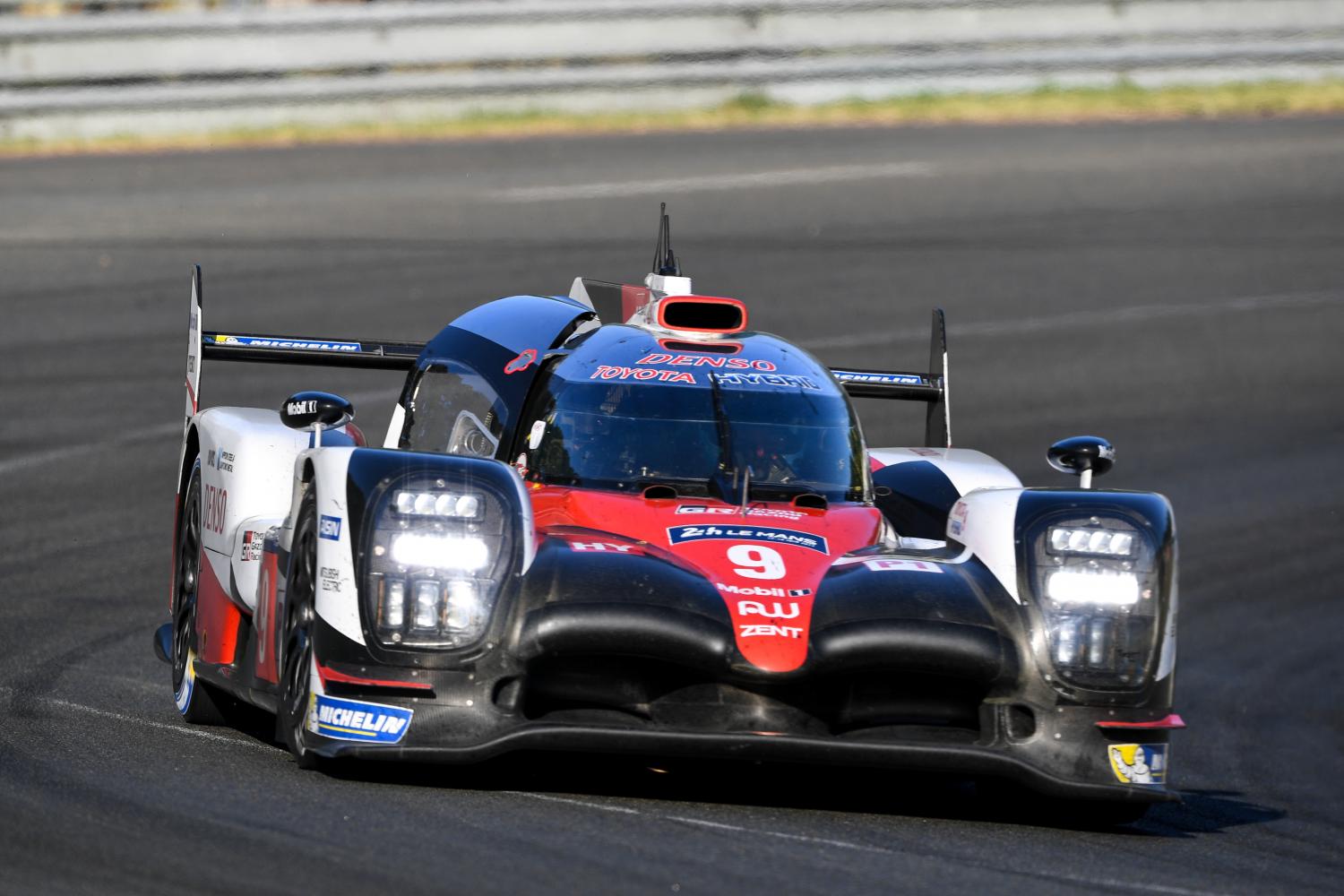What do Didier Pironi, Johnny Herbert and David Brabham have in common other than the fact that, together, the three drivers would have made a great line-up for the 24 Hours of Le Mans? The answer is they have all suffered from the heat at the legendary motor race.
In 1978, Pironi took the final stint at the wheel of the #2 Renault Alpine A442B as the temperature soared. The car sported an acrylic bubble canopy to increase its top speed on the Mulsanne Straight. However, the serious downside to this invention was the extreme heat inside the cockpit. The victorious Frenchman was exhausted and dehydrated as he took the chequered flag and fainted before he reached the podium. Herbert was similarly affected in 1991 when he won the race with Volker Weidler and Bertrand Gachot in the Mazda 787B. The British driver was so dehydrated that he was unable to enjoy his moment of glory on the Le Mans podium. Twenty years later, the ACO offered Herbert the opportunity to complete a lap of the circuit at the wheel of his Mazda and organised a prize-giving ceremony to help dispel his frustration. In 2005, Brabham drove the #59 Aston Martin DBR9, a front-engined GT1 entry. The Australian driver suffered burns to his feet caused by the scorching pedals. The vast crowds may well lap up the sunshine at the Circuit des 24 Heures, but searing temperatures can often pose a major problem for the drivers competing in the race.
A NATURAL OR FORCED VENTILATION SYSTEM
Trackside temperatures have soared at several of the past eighty-seven 24-hour races held at Le Mans. In 1939, 1949 (the first post-War race) and 1975, the thermometer topped 27°C. In 1979, the temperature peaked at 32°C on the Saturday afternoon before heavy storms broke during the night. In contrast, Sunday felt rather chilly at just 18°C!
Given Brabham’s problems the previous year, the ACO recommended installing a natural or forced ventilation and/or air conditioning system in 2006. It became mandatory a year later. Today’s technical regulations stipulate that this system must maintain the temperature around the driver when the car is in motion at
- 32°C maximum when the ambient temperature is less than or equal to 25°C,
- a temperature less than or equal to ambient temperature + 7°C if it is above 25°C.
All cars are equipped with a temperature sensor at the level of the driver’s helmet at the centreline of the car. Since this regulation was introduced, driving conditions have improved and extreme heat is rarely an issue for the racers.
The 88th 24 Hours of Le Mans will be held on 19-20 September 2020 due to the COVID-19 pandemic. In September, the pit crews and drivers will face different conditions to those usually expected in June. During an Instagram live chat organised by the 24 Hours of Le Mans, Porsche GT Team driver Kévin Estre explained: “It is likely that the temperatures will be cooler and we might get some rain. The night-time will be longer too. We’re hoping it won’t be too cold at night so we can keep our tyres at the right temperature. If it drops to 10°C, it will be difficult. It’s a challenge and we’ll have to find the right solutions to be quick.”
PHOTO: LE MANS (SARTHE, France), CIRCUIT DES 24 HEURES DU MANS, SATURDAY 17 JUNE 2017, RACE. In 2017, the ambient temperature at the start of the 24 Hours of Le Mans was 31.2°C.

